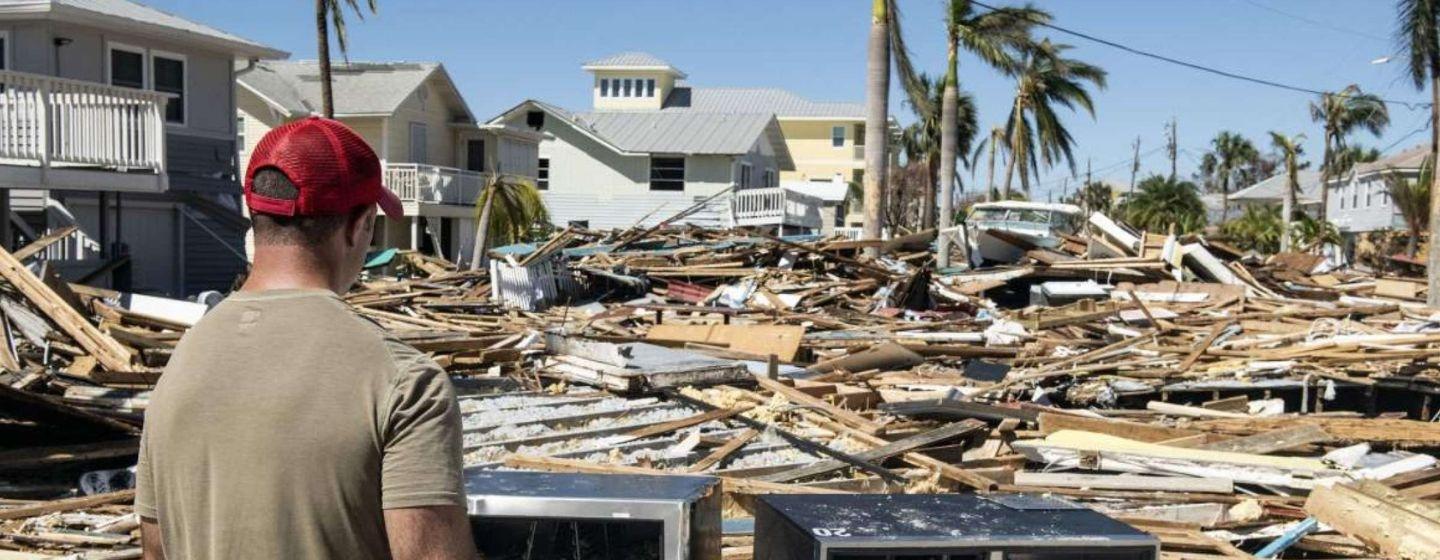Warming Planet Could Push Hurricanes Deeper Inland


Hurricane season.
Whether you’re new to North Carolina or a native, the period from June 1 to November 30 is a time to keep a watchful eye on the ocean for hurricanes. That’s especially important if you live on the coast, own property there or are just planning a beach vacation.
Preparing for hurricane season may just feel like a yearly precaution, but a new report by the climate change nonprofit First Street Foundation suggests damage from more powerful hurricanes is forecast to become greater and more expensive and reach much farther inland.
“Proportionately, we’re expecting to have more major storms—more category threes, fours and fives,” said Dr. Ed Kearns, chief data officer at the First Street Foundation. “And because these storms are more likely to be stronger, they are more likely to penetrate farther inland.”
The First Street Foundation’s analysis, which covers the next 30 years—or the typical life of a home mortgage—shows Florida and the Gulf Coast will continue to have the largest magnitude of economic loss from hurricane damage.
But the study also shows the future holds a significant uptick in damage for regions that were usually considered safe from the most devastating storms, especially the Northeast and Mid-Atlantic states.
The report also shows that by 2053, the entire state of North Carolina will be at risk from damaging wind speeds. Some areas in the Piedmont could see wind speeds increasing by 37 miles per hour and annual damages jumping by 50.3%.
“The South Carolina and Georgia border is where you’ll see the largest increase in wind speeds over the next 30 years,” said Matthew Eby, the foundation’s founder and CEO. “However stronger and more-intact storms cover larger areas, can persist longer over land, and they can dump incredible amounts of rain and bring high wind speeds to areas that aren’t prepared for them.”
That’s why North Carolina is more at risk.
Water is the #1 killer and safety hazard during a hurricane, according to a study by the National Hurricane Center, primarily by drowning in a storm surge, rainfall flooding or high surf.
Hurricane winds, while not as deadly, can create catastrophic damage. The foundation combined high-resolution topography, computer-modeled hurricane tracks and property data to create the tropical cyclone wind risk model and damage estimates.
“Hurricanes are making their way northward. They’re making it latitudinally up to places they have rarely been before, including New York and New England,” said Eby. “The second thing that comes along with that is they’re stronger, and that means hurricane effects will be felt farther inland.”
“As the oceans and the Gulf Stream warm, there will be even more potential energy for both nor’easters and tropical cyclones in the future,” said Kearns. “In a nutshell, more ocean warmth means more potential energy—and that means hurricanes are able to affect areas they’ve never touched before.”